SOURCE: IDRW.ORG TEAM
The recent claim by Tanzeela Khalil, a Research Fellow at the Islamabad Policy Research Institute, regarding India’s development of Agni-VI with a potential range of 10,000-12,000 km has sparked discussions on the strategic motivations behind such a move. Khalil argues that the development of Agni-VI is challenging to justify solely in terms of enhancing deterrence against China and Pakistan. Instead, she posits that India’s endeavors might be driven by a desire to elevate its global status or to position itself in potential deterrent relationships beyond its immediate neighbors.
The Agni-VI, if developed with a range of 10,000-12,000 km, would mark a significant advancement in India’s missile capabilities. This potential range extends far beyond the immediate threats posed by neighboring nations, raising questions about the strategic rationale behind such an ambitious development. Understanding the geopolitical landscape and India’s regional concerns is crucial in deciphering the possible motives behind the creation of Agni-VI.
Continue readingSOURCE: IDRW.ORG TEAM

The Defence Research and Development Organisation (DRDO) has unveiled its highly anticipated Navachakshu Electronic Warfare (EW) System, marking a significant leap forward in India’s indigenous defense technology. This cutting-edge system promises to bolster the electronic warfare capabilities of two key frontline fighter aircraft: the Light Combat Aircraft (LCA) Tejas Mk1A and the Sukhoi Su-30MKI.
Navachakshu, meaning “third eye” in Sanskrit, equips these fighters with advanced Electronic Support Measures (ESM) and Radar Warning Receiver (RWR) capabilities. These crucial systems work in tandem to detect, analyze, and identify enemy radar emissions, providing pilots with real-time situational awareness of the electronic battlefield. This enhanced awareness allows them to:
Continue readingSOURCE: RAUNAK KUNDE / NEWS BEAT / IDRW.ORG

The Indian Army’s arsenal is set for a boost with the upcoming arrival of the Arjun Mk 1A main battle tank (MBT). The first batch of these domestically-built tanks is expected to roll off the production line at the Chennai-based Heavy Vehicles Factory (HVF) in September 2024.
A total of 118 Arjun Mk 1A tanks have been ordered by the Indian Army, with the initial batch of 18 slated for delivery before the end of the current fiscal year (FY2024-25). Subsequently, HVF will deliver 30 tanks annually until the entire order is completed by 2027.
Continue readingSOURCE: RAUNAK KUNDE / NEWS BEAT / IDRW.ORG

The Hindustan Aeronautics Limited (HAL) Aero Engine Research and Development Centre (AERDC) in Bengaluru recently inaugurated a new facility, offering a glimmer of hope for the beleaguered HTFE-25 engine program. This 25 kN thrust turbofan engine, initially envisioned for powering trainers, UAVs, and small fighter aircraft, has faced significant delays and criticism, but the new facility and renewed focus aim to propel it towards completion.
Launched in 2013 with ambitious goals of self-reliance in engine production, the HTFE-25 program encountered several setbacks. The initial target of a six-year development timeframe has already been surpassed by over three years. While the engine completed its inaugural run in 2015, progress has been sluggish.
Continue readingSOURCE: RAUNAK KUNDE / NEWS BEAT / IDRW.ORG
Bharat Forge, a leading Indian manufacturer of auto components and now a player in the drone market, is setting its sights even higher. On the occasion of Chairman and Managing Director Baba Kalyani’s 75th birthday, the company announced ambitious plans to develop its own Short-Medium Altitude Unmanned Aerial Vehicles (UAVs) for the Indian military.
This move marks a significant step up from Bharat Forge’s recent entry into the drone market with the launch of the “Bharat 150” multi-payload drone. By venturing into the development of larger and more sophisticated UAVs, Bharat Forge aims to become a major player in India’s growing unmanned aerial vehicle sector.
Continue readingSOURCE: IDRW.ORG TEAM

After anxious months of waiting, India is finally set to receive its long-awaited delivery of F404-GE-IN20 engines for its indigenous Tejas fighter jets later this year. While initial projections placed the arrival date in August 2023, General Electric (GE) Aerospace CEO Amy Gowder recently confirmed a slight delay due to supply chain challenges faced during production restart after an 18-month hiatus.
Despite the setback, the news signals a critical step forward for India’s ambitious fighter program. The F404 engines are the heart of the Tejas Mk1A variant, and their arrival means production can resume full steam ahead. GE, committed to meeting India’s needs, has outlined a ramp-up plan targeting 20 engines per year, a significant increase from current production levels.
Continue readingSOURCE: IDRW.ORG TEAM
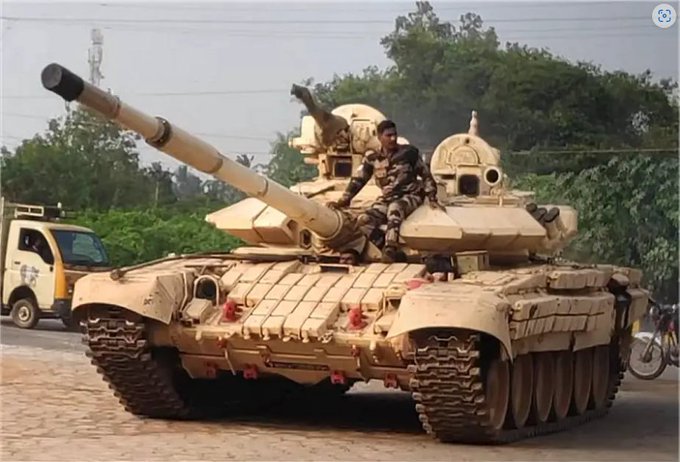
In a significant stride towards enhancing its armored warfare capabilities, the Indian Army has unveiled ATHARVA, a unique hybrid tank that seamlessly combines the main body of the T-72 tank with the advanced turret of the T-90 Bhishma. This hybrid marvel, which underwent trials in India last year, represents a strategic integration of two formidable tank models, offering a promising blend of power, agility, and cutting-edge technology.
ATHARVA’s distinctive feature lies in its innovative fusion of the T-72 tank hull with the T-90 tank turret. This integration aims to leverage the strengths of both tanks, combining the battle-tested reliability of the T-72 with the advanced features of the T-90 Bhishma turret. The result is a formidable hybrid tank that promises enhanced performance across various parameters.
Continue readingSOURCE: RAUNAK KUNDE / NEWS BEAT / IDRW.ORG
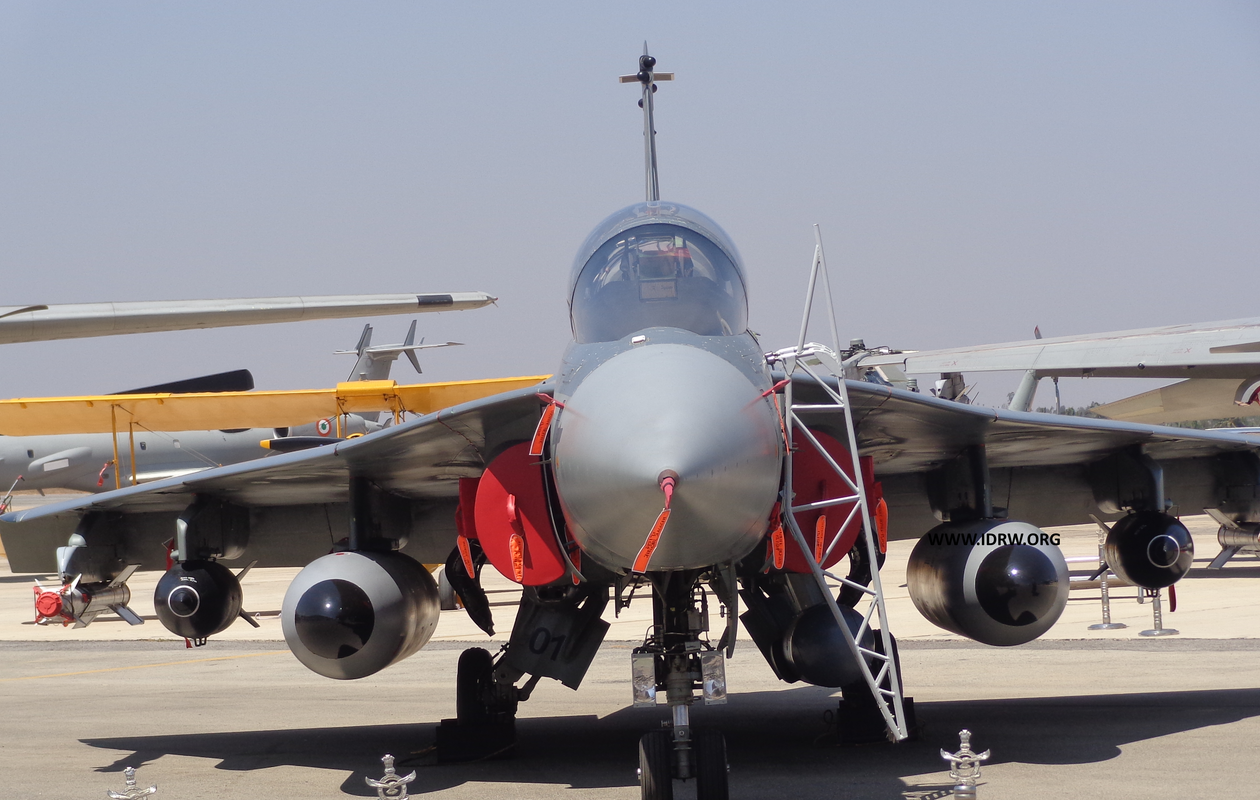
In a significant stride towards advancing India’s aerospace capabilities, the Aeronautical Development Agency (ADA) and Hindustan Aeronautics Limited (HAL) are actively engaged in developing next-generation technologies for the Light Combat Aircraft (LCA)-Tejas Mk1A.
According to prominent defence journalist Anantha Krishnan M, these efforts aim to incorporate cutting-edge advancements, including artificial intelligence (AI) and electronic pilot systems, into the LCA-Tejas Mk1A platform.
Continue readingSOURCE: RAUNAK KUNDE / NEWS BEAT / IDRW.ORG

The Centre for Airborne Systems (CABS) has officially begun the hunt for a cutting-edge Mission System for the highly anticipated Airborne Early Warning and Control System MK-1A (AEW&CS). This upgraded version of India’s current Netra Mk1 AEW&CS promises to bolster the Indian Air Force’s (IAF) aerial surveillance and command capabilities.
The MK-1A aims to significantly modernize the existing system, phasing out several imported components. Gone will be the reliance on foreign ground-based Data Links, ground-based & airborne terminals, and even Electronic Intelligence (ELINT) and Radar Warning Receiver (RWR) systems. This ambitious project marks a major step towards indigenous defence production and technological self-reliance.
Continue readingSOURCE: RAUNAK KUNDE / NEWS BEAT / IDRW.ORG
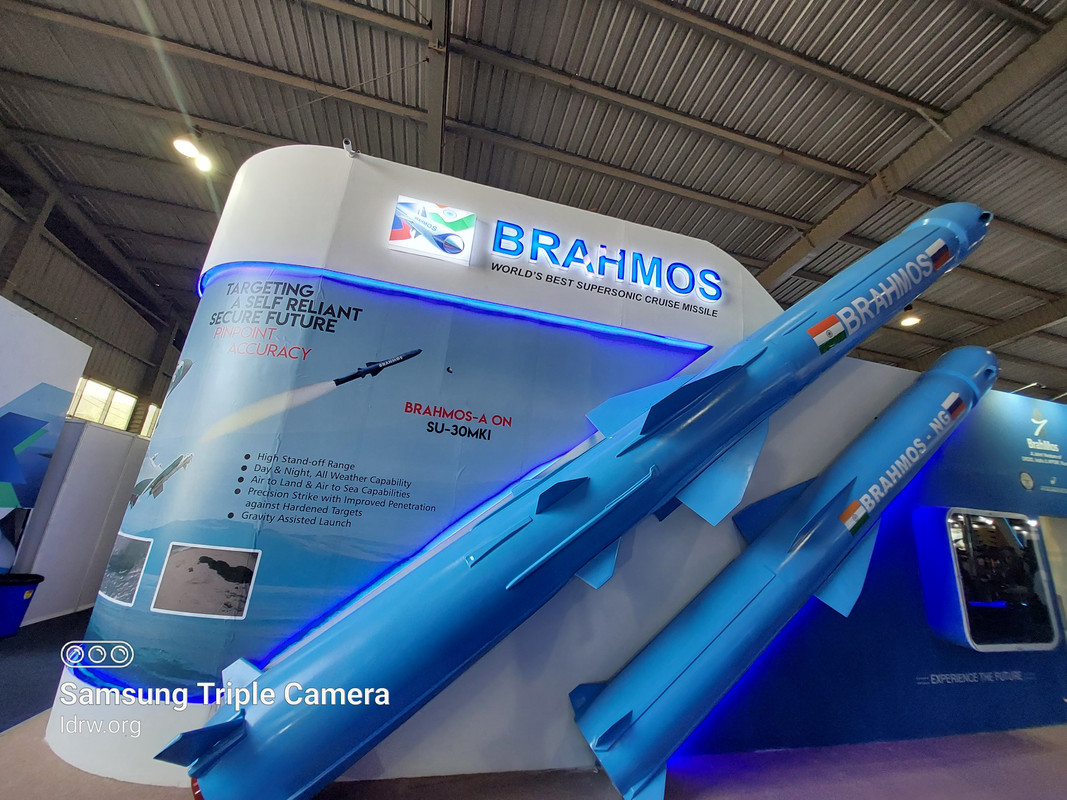
India’s supersonic cruise missile, the BrahMos, is gaining steam in the international arms market, with a second Southeast Asian country close to sealing a deal and promising negotiations with three more nations. This marks a significant step for India’s defence exports and its ambitions to become a major defence technology supplier.
Following the landmark deal with the Philippines, the second Southeast Asian nation is on the verge of joining the BrahMos club. While specifics remain confidential, sources believe the contract could be finalized later this year, boosting India’s strategic presence in the region. Talks with another Southeast Asian country are also progressing, potentially expanding BrahMos’ footprint in the vital Indo-Pacific.
Continue readingSOURCE: IDRW.ORG TEAM
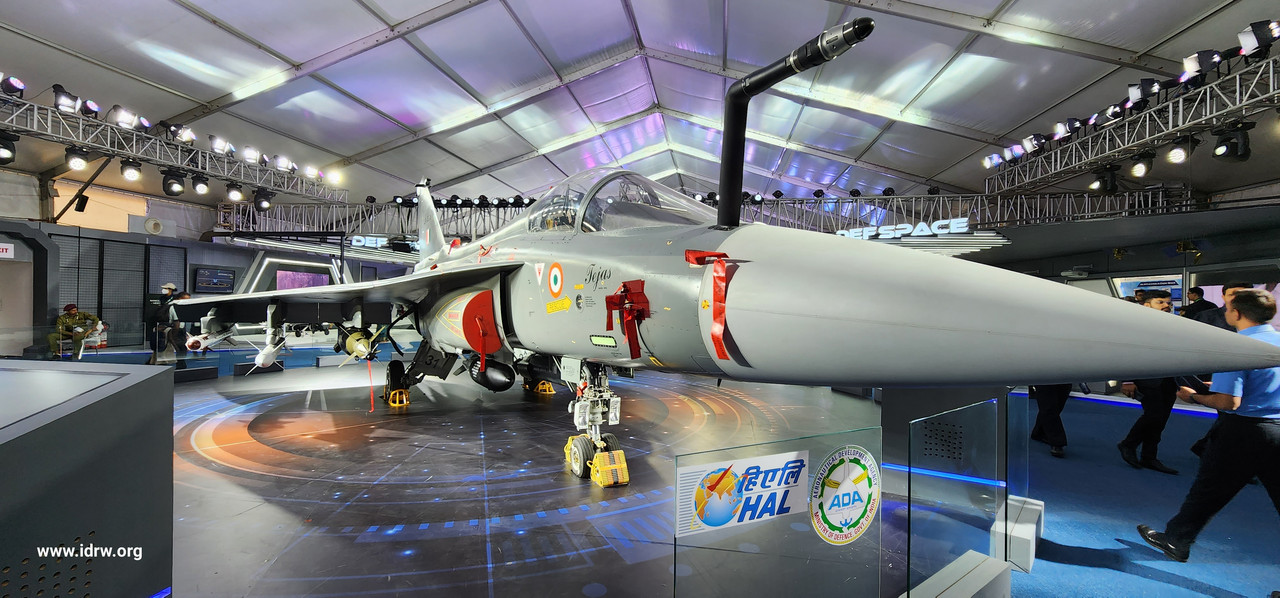
In a significant stride in India’s aerospace capabilities, the first of the newly constructed LCA-Tejas Mk1A fighter jets is poised to enter the crucial phase of its assembly process. Anticipated to initiate its first taxi trials by the middle of the upcoming month, the aircraft is set to undergo a series of flights by late February, marking a pivotal milestone in its journey towards operational readiness.
Following the taxi trials, the aircraft will embark on a series of flights in late February. By the end of March, it’s expected to have completed all necessary pre-delivery trials, paving the way for customer-mandated sorties to begin.
Continue readingSOURCE: IDRW.ORG TEAM
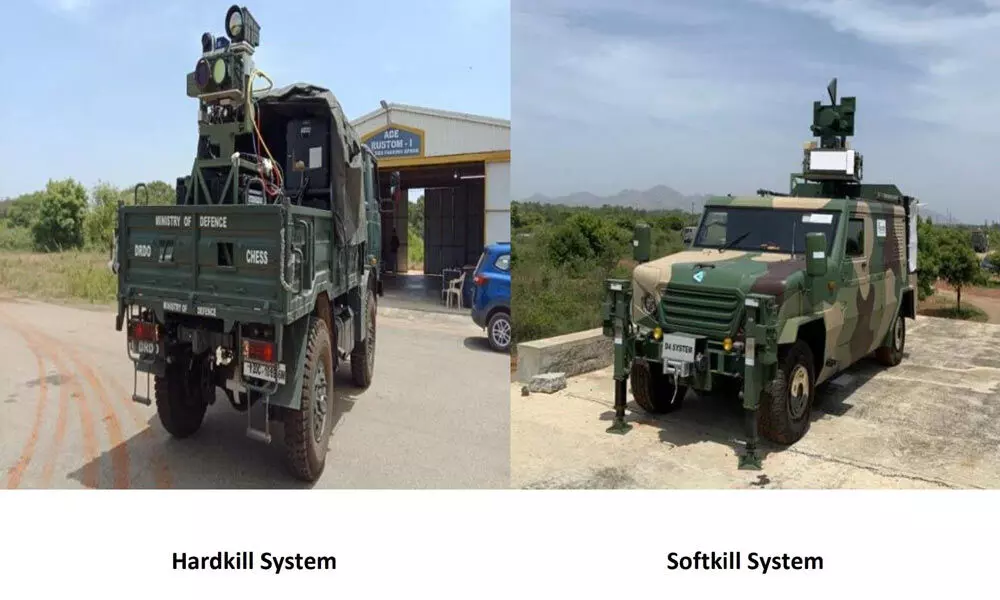
In a significant leap towards bolstering national security, the Defence Research and Development Organisation (DRDO) has successfully developed indigenous counter-drone technology. This cutting-edge system, capable of detecting, soft kill, and hard kill responses against various types of drones, has already undergone successful demonstrations for armed services and internal security agencies.
The technology’s transfer to Bharat Electronics Limited, Bengaluru, for production marks a pivotal moment in India’s quest for self-reliance in defense capabilities. Additionally, four more Indian firms have been granted the Transfer of Technology for the production of anti-drone systems, amplifying the reach and impact of this groundbreaking innovation.
Continue readingSOURCE: RAUNAK KUNDE / NEWS BEAT / IDRW.ORG
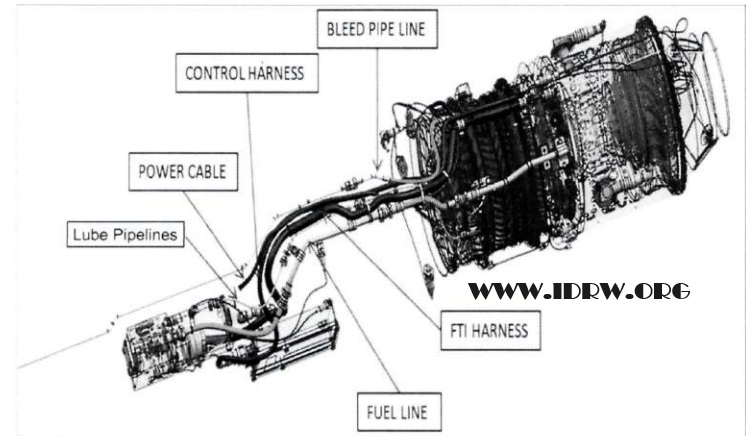
The Defence Research and Development Organization’s (DRDO) Gas Turbine Research Establishment (GTRE) has recently issued a tender that signifies a significant stride in India’s pursuit of cutting-edge technology. The tender calls for the development of manufacturing, assembly, and engine integration technologies, along with the manufacturing of engine hardware and the supply of 20 units of assembled Advanced Turbo Gas Generator (ATGG) Engines, including spares.
The key objective of the tender issued by GTRE is to invite Indian industry partners to participate in the development, manufacturing, and supply of ATGG Engines. This includes the creation of technologies for efficient manufacturing processes, assembly techniques, and integration methods. The tender outlines a timeline of 30 months for the Indian industry partner to deliver 20 units of assembled ATGG Engines along with necessary spares.
Continue readingSOURCE: RAUNAK KUNDE / NEWS BEAT / IDRW.ORG

The Indian Air Force (IAF) is gearing up for a major boost in its domestic fighter jet capabilities, planning to acquire an additional 97 Light Combat Aircraft (LCA) Tejas Mk1A aircraft on top of the 83 already ordered in 2021. This ambitious acquisition plan signifies a strong commitment to indigenous fighter development and promises to significantly shape the IAF’s future fleet composition.
The initial batch of 83 Tejas Mk1A jets, with deliveries starting in February 2024, will primarily replace ageing MiG-21 squadrons scheduled for retirement by 2025. This phased acquisition allows for a smooth transition and ensures no gaps in aerial defence capabilities.
Continue readingSOURCE: RAUNAK KUNDE / NEWS BEAT / IDRW.ORG
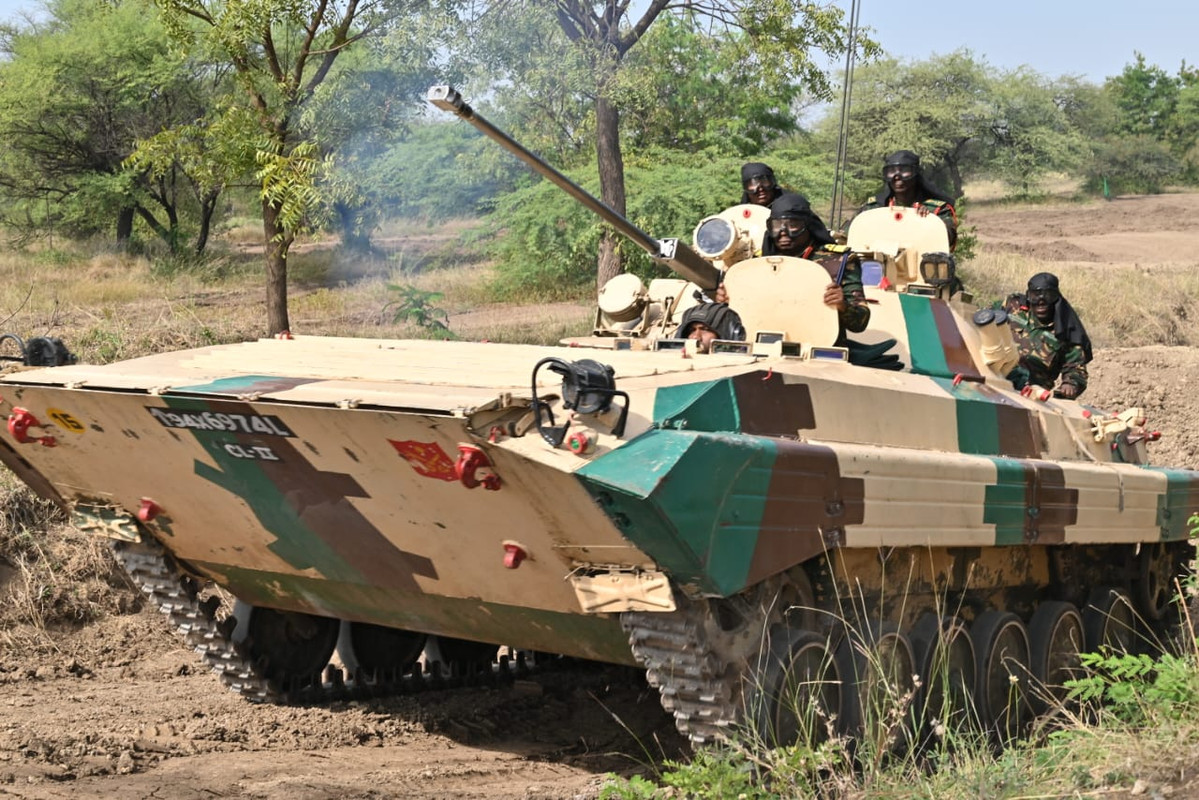
India and Tanzania’s military ties are heating up, with defence equipment sales talks ramping up and armoured vehicles taking centre stage. General Jacob John Mkunda, Tanzania’s Chief of Defence Force, made a strategic visit to India’s Mechanised Infantry School in Ahmednagar last month, where he witnessed demonstrations of two key contenders: the Indian-made BMP-II Infantry Combat Vehicle and the DRDO’s WhAP 8×8 Amphibious Wheeled Armoured Vehicle.
Tanzania’s military faces the challenge of ageing Soviet-era Armoured vehicles like the BTR-152 and BRDM-2. Modernization is a crucial goal, and Indian options seem to be gaining traction. The BMP-II, a Russian design manufactured in India under license, offers proven firepower and infantry support capabilities. Meanwhile, the WhAP 8×8, a domestically developed amphibious vehicle, boasts impressive manoeuvrability and all-terrain prowess, perfect for Tanzania’s diverse landscape.
Continue reading